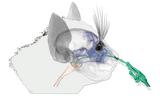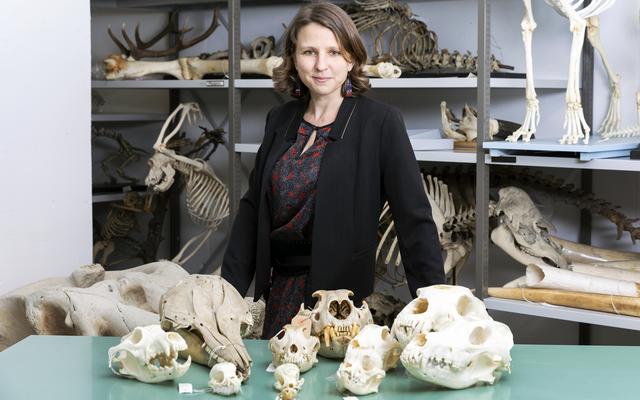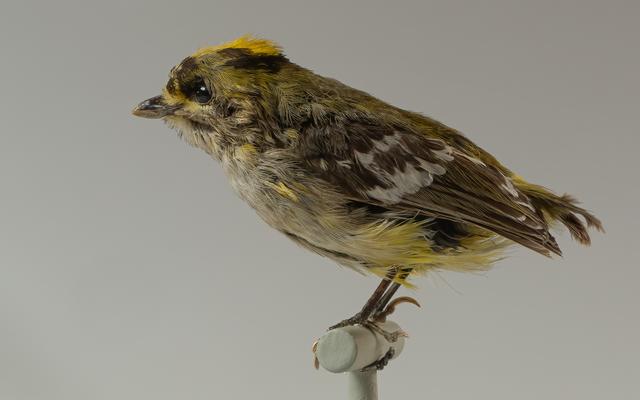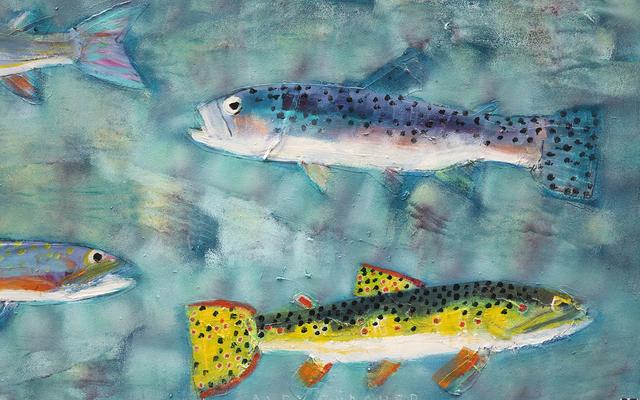The aye-aye (Daubentonia madagascariensis) is a species of lemur from Madagascar with a unique anatomical trait: the extra-long, thin and extremely agile middle finger of 8cm length. It is used as a high specialized food gathering tool. An exclusive video from the Duke Lemur Center in North Carolina, which was the base for the research, shows an aye-aye picking its nose for the first time on camera - and demonstrates that the primate pushes its elongated finger far through the nose into the pharynx. The mammal specialist Anne-Claire Fabre was intrigued by this anatomical conundrum. In the study she and her team conducted anatomical analyses of the aye aye’s cranium and additionally were able to confirm that at least 12 primate species do the same, including chimpanzees, gorillas, orangutans and, of course, humans.
In our culture, nose-picking (rhinotillexis) and ingesting the extracted mucus (mucophagy) are considered rather disgusting and unhygienic habits that can spread pathogens under certain circumstances, and which are understudied so far. Nevertheless, various studies in recent years have investigated the possible positive effect on the human immune system, showing, among other things, that oral ingestion of nasal secretions can keep bacteria away from tooth surfaces and thus help maintain oral health.

Based on their observations, the NMBE team now hopes to further explore where the history of nose picking began, and how it has changed over the course of evolution. Fabre writes about the latest findings on an ongoing basis in the Journal of Biology Blog: jzoblog.wordpress.com.
27.10.2022




